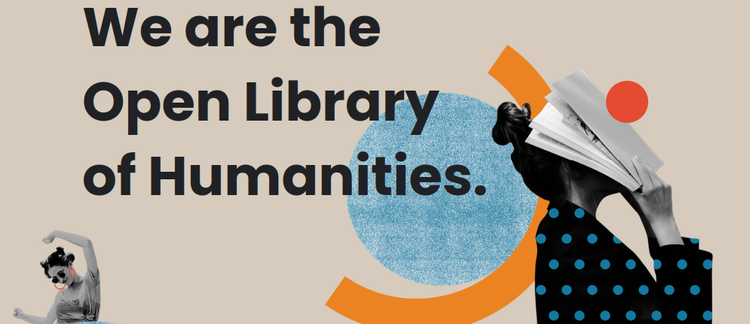The Future of Publishing
Posted by Martin Paul Eve on 15 January 2013



What does the future of academic publishing look like? What would it look like were we not entrenched in the historically contingent accident that has moulded the current system as it stands? Part of the OLH project is to think critically and imaginatively about what we could have and what we actually need without the constraints of the pre-existing model.
Although neither affiliated with PLOS, nor speaking on their behalf, we anticipate that the OLH model of sustainability will take its cue from the previously successful efforts of the Public Library of Science.
The Public Library of Science is a non-profit organization dedicated to publishing excellent, thoroughly peer reviewed scientific research under Open Access conditions at a financially fair rate.
Their flagship publication, PLOS ONE, is an Article Processing Charge-funded Open Access mega-journal (no disciplinary bounds, no subject categorisation but peer review is still performed by disciplinary specialists), but it is a non-profit entity that works only to sustain itself. In the case of an author being unable to pay, PLOS waive their charges. The truly interesting thing about the PLOS model though is that PLOS ONE publishes not based upon importance, but upon accuracy and then lets the scientific community decide what research stands out. This “ready to publish” criterion met with great resistance in the sciences and the same can be anticipated in the humanities and social sciences. The only problem for the critics was that it has worked.
The OLH Finance, Sustainability and Legal Committee will be convened in the near future, in conjunction with advice from people who have worked at PLOS, to decide how best to implement economic decisions that will ensure the project's continued viability.
Image by The Shopping Sherpa under a CC-BY-ND license.

